How to Control IoT Devices and Manage Your IoT Network Effectively
The Internet of Things (IoT) has revolutionized the way we interact with technology, connecting devices and enabling seamless communication between them. From smart homes to industrial automation, IoT devices have become an integral part of our lives. However, with the increasing number of connected devices, it’s essential to understand how to control these devices and manage your IoT network efficiently.
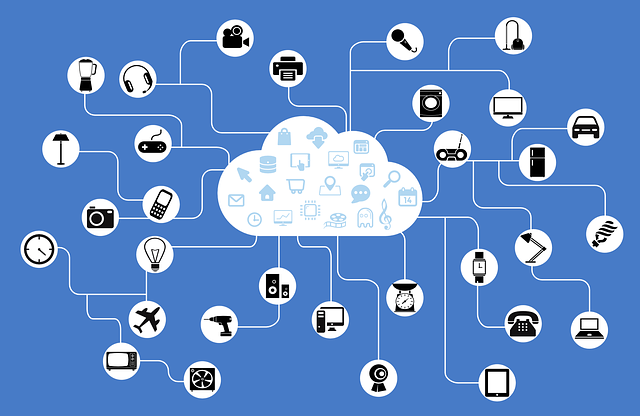
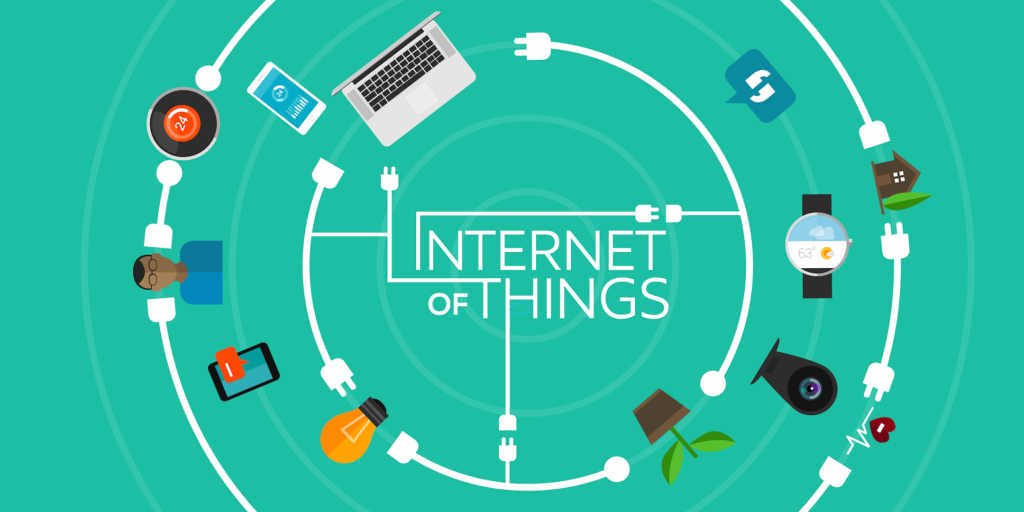
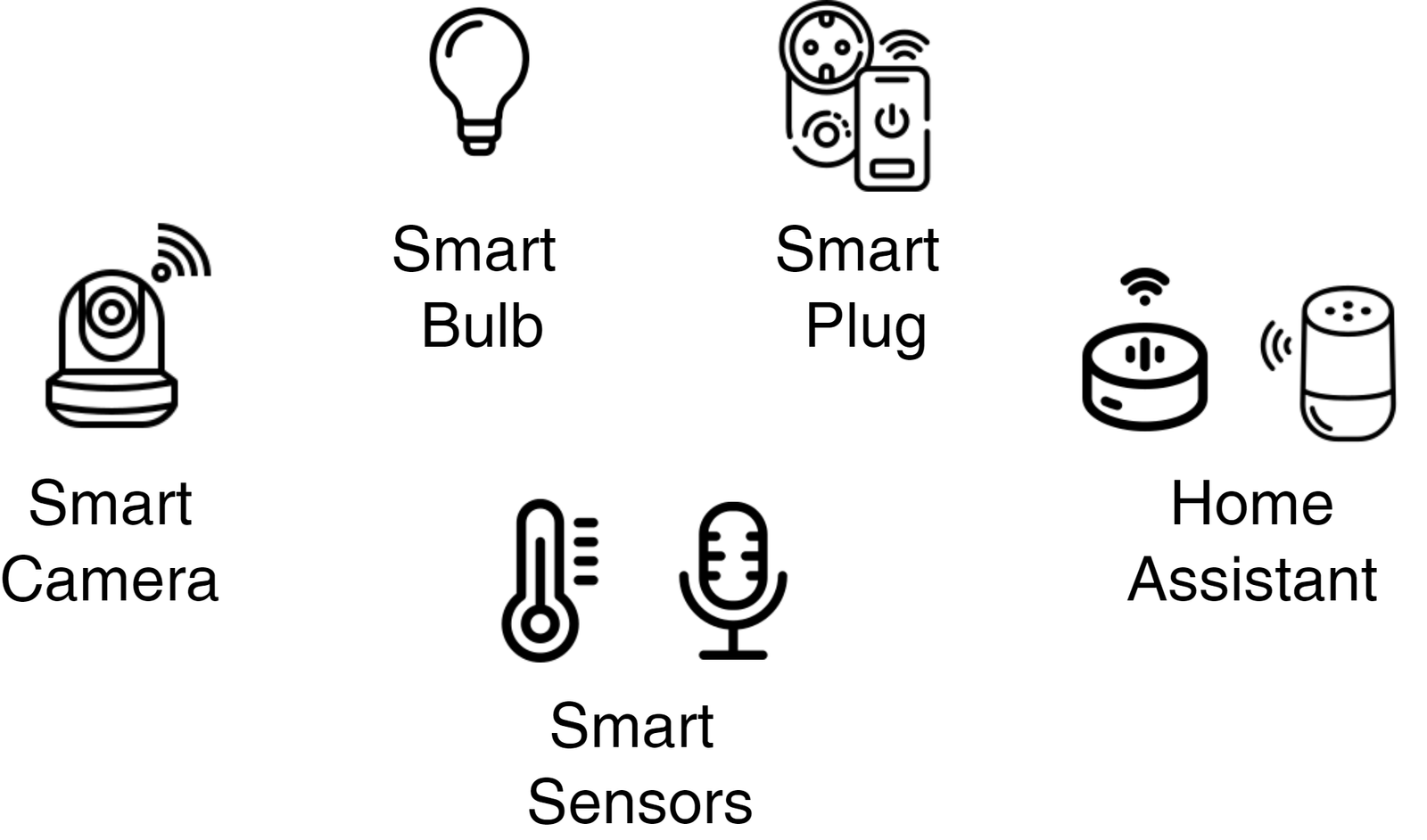
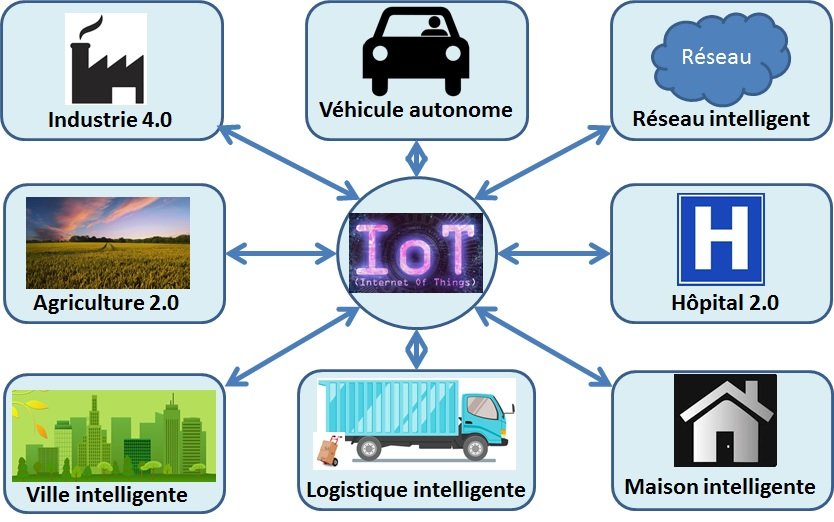
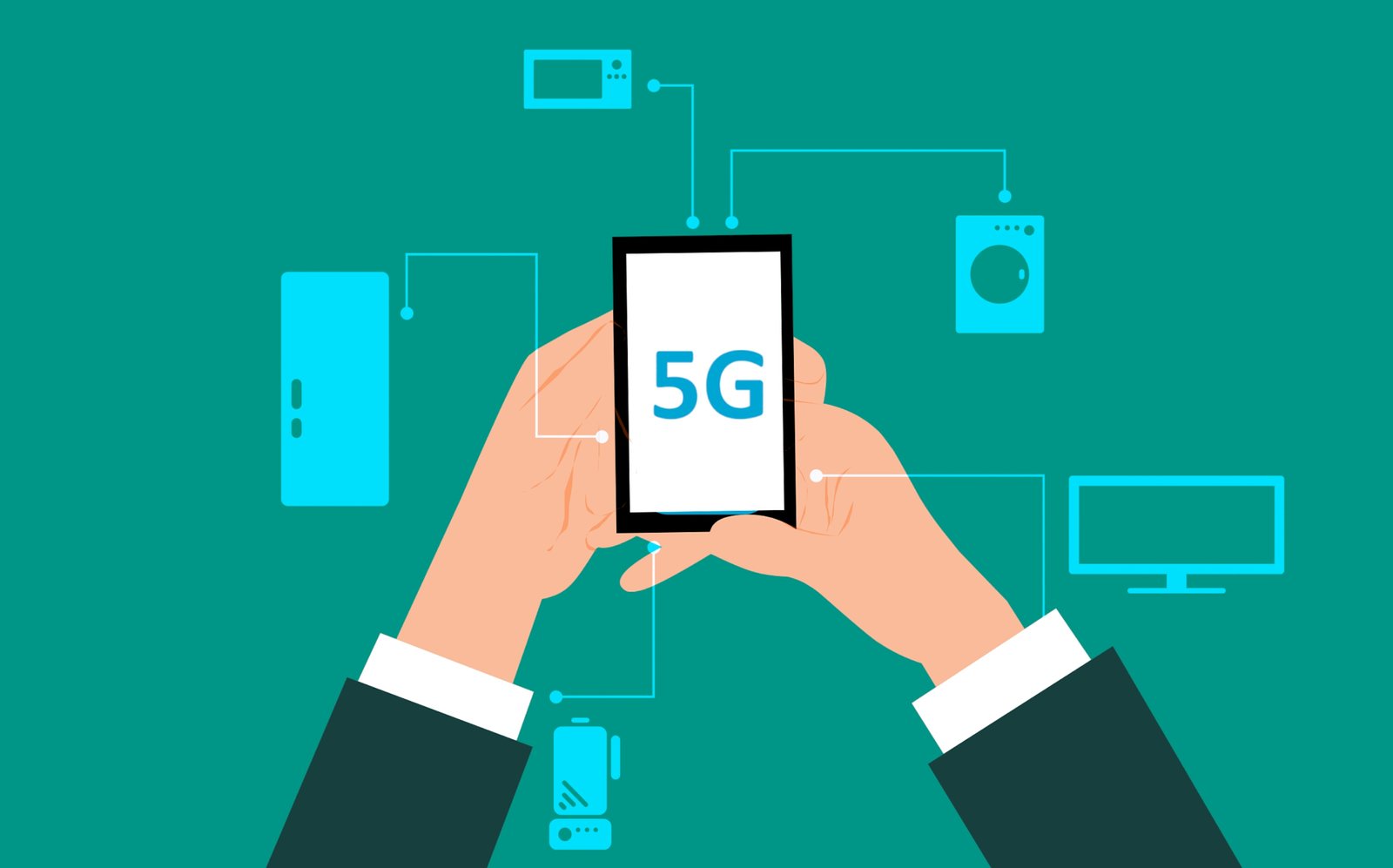
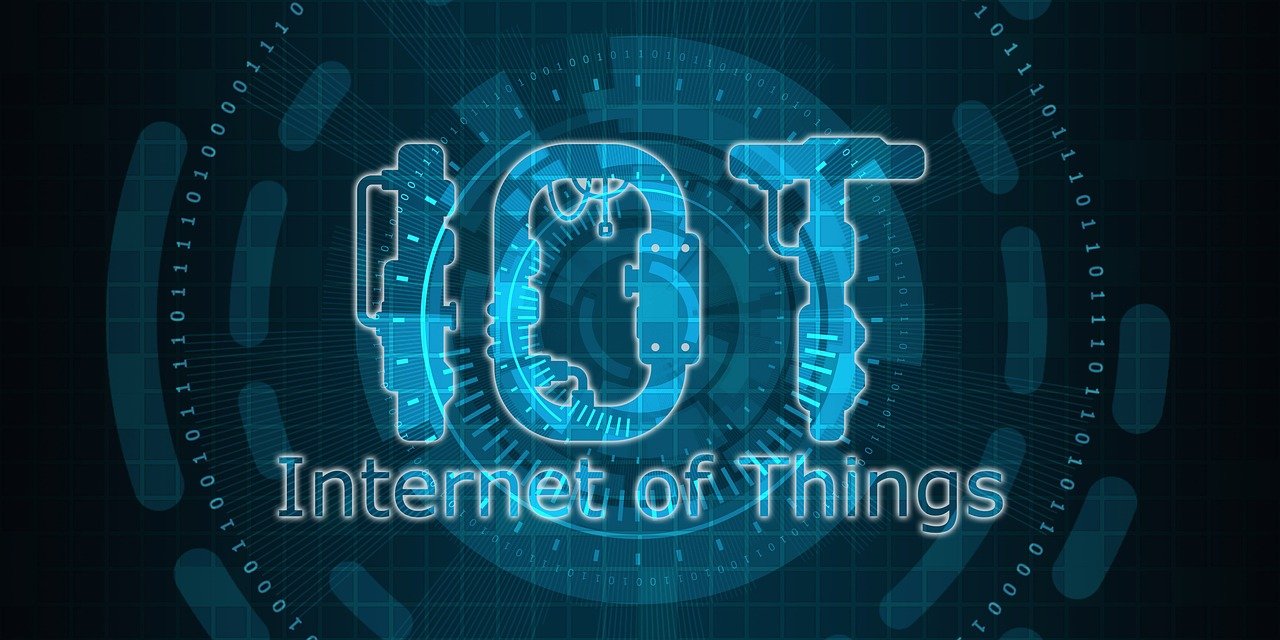

Introduction to IoT Devices
IoT devices refer to everyday objects embedded with sensors, software, and connectivity that allow them to collect and exchange data over the internet. These devices include everything from smart thermostats and wearable fitness trackers to industrial machinery and autonomous vehicles. The proliferation of IoT devices has created a network of interconnected systems that enhance convenience and efficiency in various domains.
The Significance of IoT Device Management
IoT device management plays a crucial role in ensuring the seamless operation and security of your connected devices. It involves overseeing device provisioning, monitoring, updating firmware, and troubleshooting. Effective device management guarantees that your IoT network remains stable and secure, preventing potential vulnerabilities and data breaches.
Raspberry Pi 4G/LTE Cellular Modem Kit - Hardware | Global IoT SIM Card w $25 Free Credit | Free Cloud Software | Remote Network Monitoring | Remote Terminal Access
IoT for Beginners: Explore IoT Architecture, Working Principles, IoT Devices, and Various Real IoT Projects (English Edition)
ELECFREAKS microbit Smart Science IoT Kit Octopus Series Sensor, microbit Sensor Starter Kit Data to The Cloud Internet with RTC Timing and WiFi Module, Environment Experiment Kit(Without Micro:bit)
IoT and Edge Computing for Architects: Implementing edge and IoT systems from sensors to clouds with communication systems, analytics, and security, 2nd Edition
Controlling IoT Devices Remotely
Remote control is one of the standout features of IoT devices. Through dedicated apps or web interfaces, users can remotely monitor and manage their devices. For instance, you can adjust your home’s thermostat settings while at work or receive real-time alerts from your smart security cameras. This level of control enhances convenience and provides peace of mind.
Securing Your IoT Network
Security is a paramount concern for IoT devices. As these devices collect and transmit sensitive data, they become potential targets for cyberattacks. Implementing strong security measures, such as using unique passwords, enabling two-factor authentication, and regularly updating device firmware, is essential to safeguarding your IoT network from unauthorized access.
Monitoring Data on IoT Devices
Understanding the data generated by your IoT devices is crucial for informed decision-making. Monitoring platforms allow you to visualize and analyze data streams from various devices. For example, in an industrial setting, monitoring equipment performance can help predict maintenance needs, optimizing operational efficiency.
Challenges and Solutions in IoT Device Control
The rapid growth of IoT presents several challenges, including interoperability issues, data overload, and privacy concerns. To address these challenges, industry leaders are working on standardizing protocols, developing advanced analytics tools, and implementing robust encryption methods to protect user data.
Best Practices for Effective IoT Device Management
- Regular Updates: Keep device firmware and software up to date to ensure optimal performance and security.
- Network Segmentation: Divide your IoT devices into different network segments to limit potential breaches.
- Data Encryption: Implement encryption to protect data transmitted between devices and servers.
- User Education: Educate users about security best practices to prevent unauthorized access.
- Vendor Assessment: When adopting IoT devices, assess the security features offered by manufacturers.
The Future of IoT Device Control
As technology continues to evolve, so will the ways we interact with IoT devices. Advancements in artificial intelligence and machine learning will enable more autonomous device management, predictive maintenance, and enhanced user experiences. However, with these advancements, the importance of robust security measures will remain a top priority.
Conclusion
IoT devices have redefined convenience and efficiency by connecting various aspects of our lives. From controlling home appliances remotely to monitoring industrial equipment, IoT has become an indispensable part of modern society. By understanding how to control and manage IoT devices effectively, we can harness their full potential while ensuring data security and privacy.
FAQs
- What is IoT device management? IoT device management involves overseeing the provisioning, monitoring, and maintenance of connected devices to ensure their proper functioning and security.
- Can I control IoT devices when I’m not at home? Yes, many IoT devices offer remote control through dedicated apps or web interfaces, allowing you to manage them from anywhere with an internet connection.
- How can I secure my IoT network against cyber threats? You can secure your IoT network by using strong, unique passwords, enabling two-factor authentication, keeping devices up to date, and implementing encryption for data transmission.
- What challenges does IoT device control face? Challenges in IoT device control include interoperability issues, data management, and security concerns. These challenges are being addressed through industry collaborations and technological advancements.
- What does the future hold for IoT device control? The future of IoT device control will likely involve more autonomous management, predictive maintenance, and integration with AI technologies, enhancing user experiences and operational efficiency.






